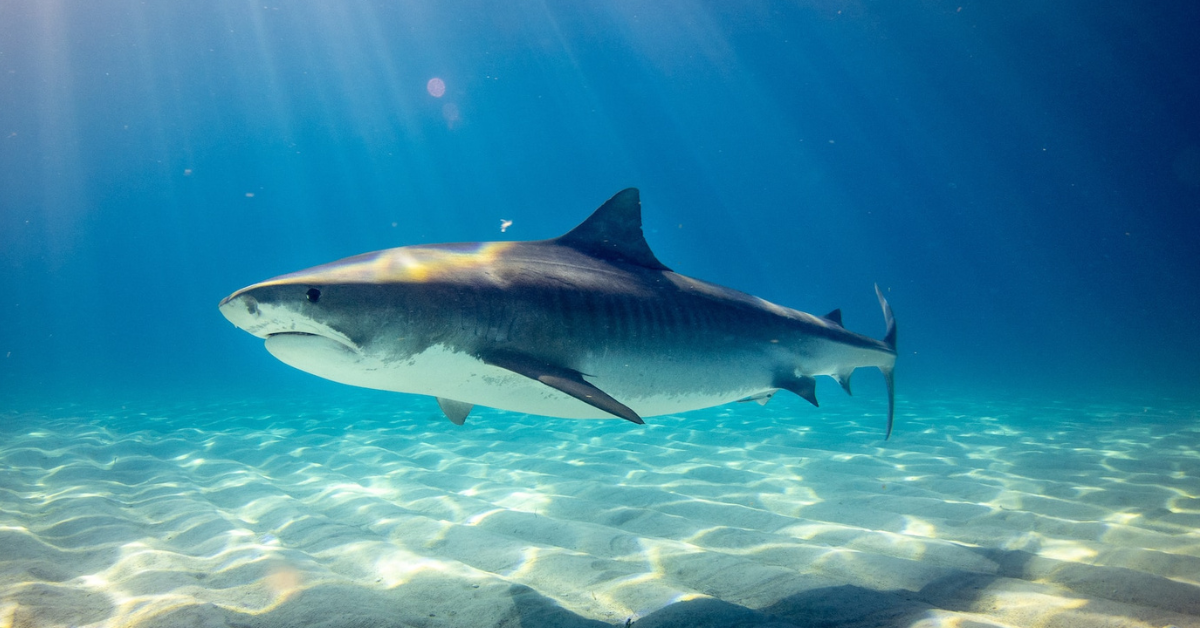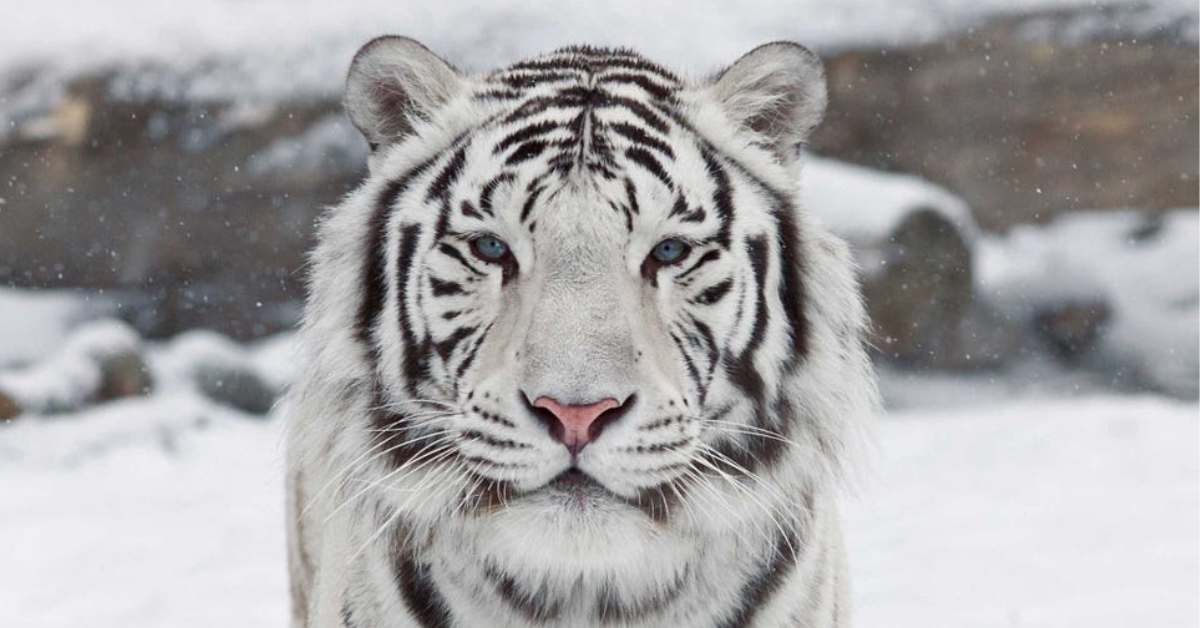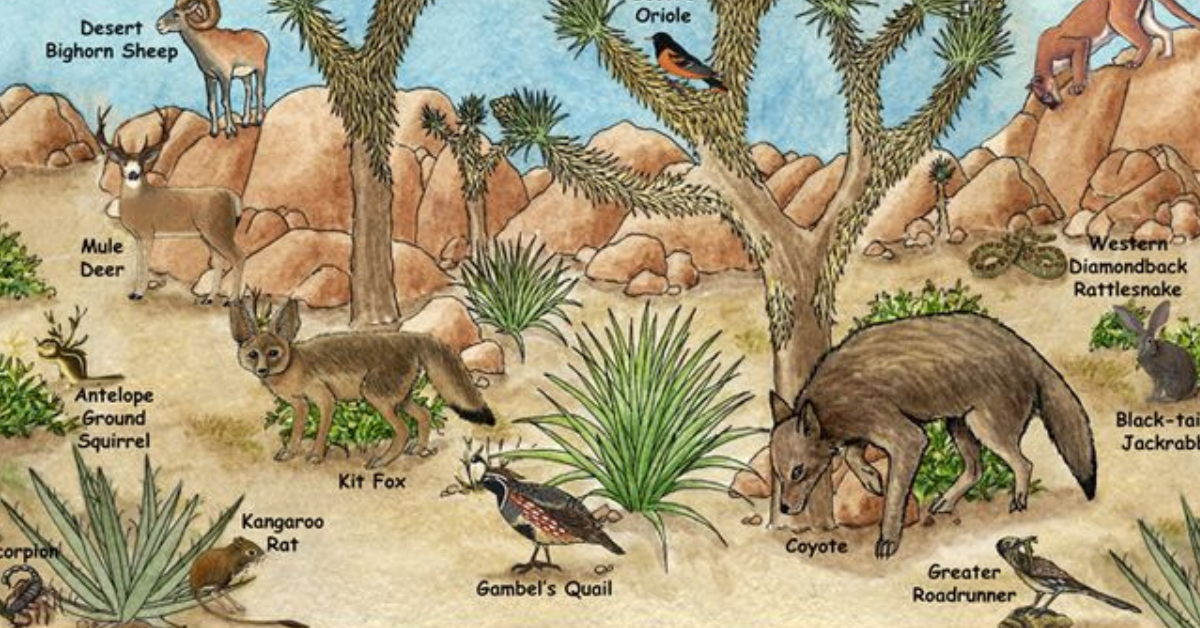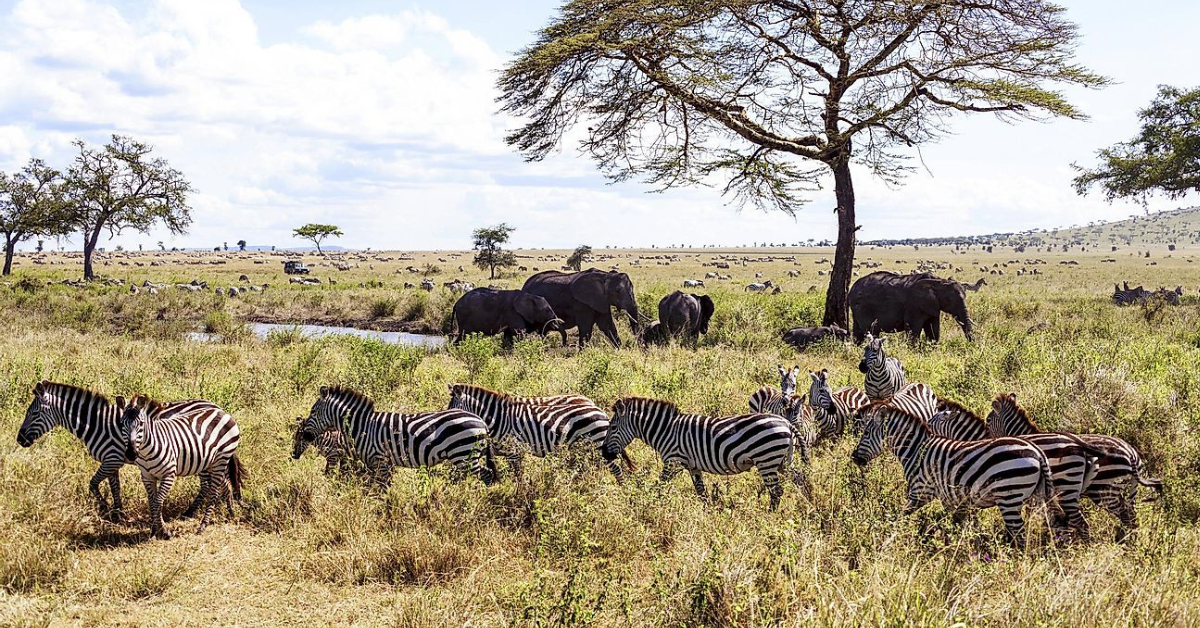
Topics covered: I. Background on CheetahImportance of studying cheetah ecology II. Habitat and Distribution Range of cheetahs Habitat requirements Factors affecting habitat suitability III. Diet and Hunting Behavior Prey selection Hunting tactics Competition with other predators IV. Reproduction and Life CycleMating behavior Gestation and birth Development and growth V. Population Dynamics and Conservation VI. Human-Cheetah Interactions VII.









